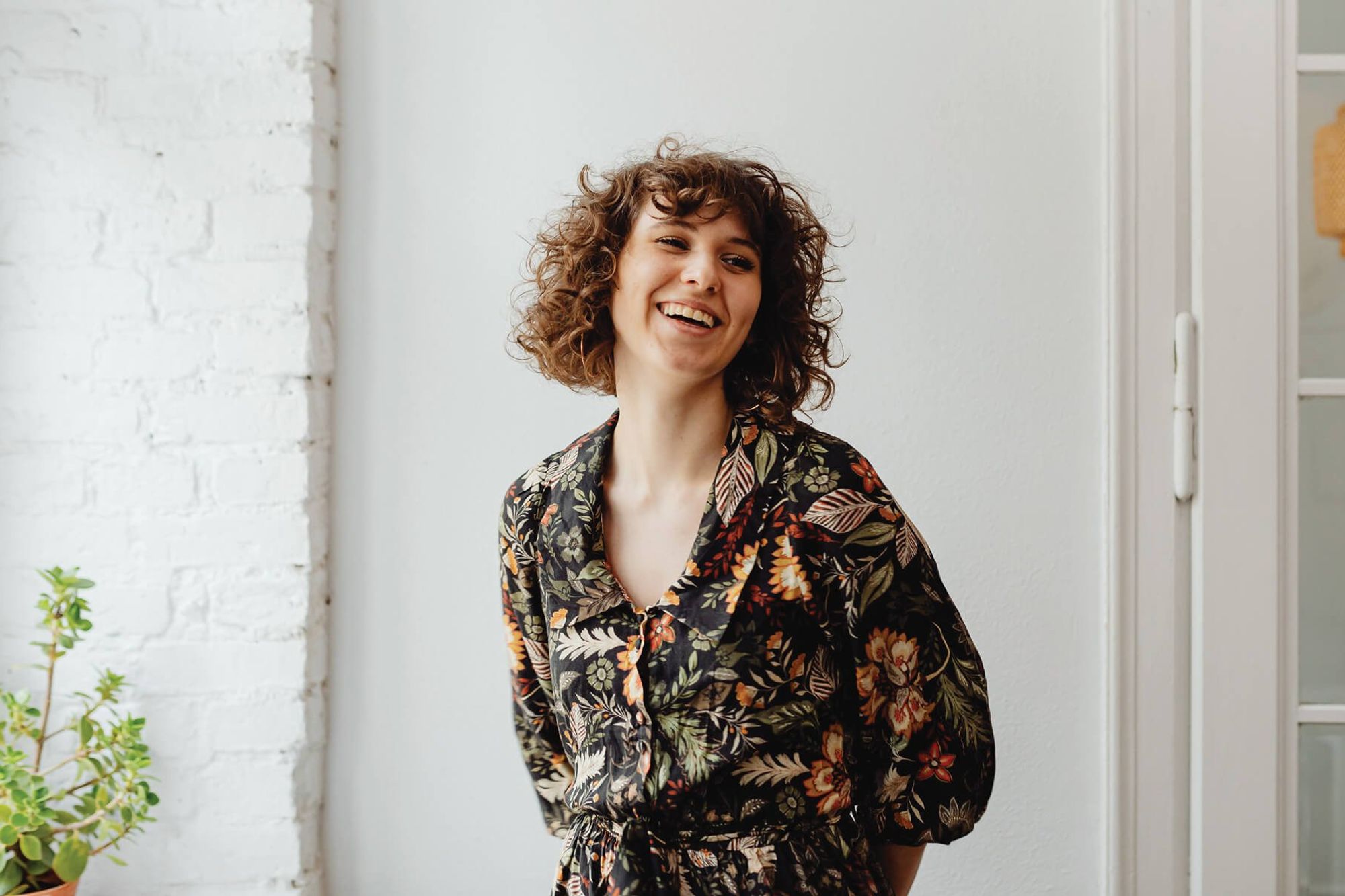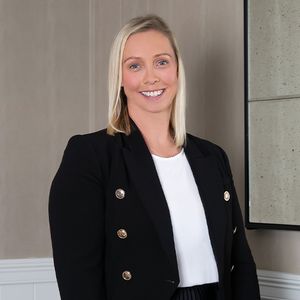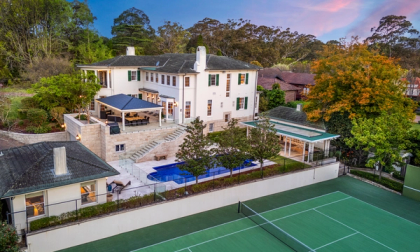
Using superannuation to buy a house or unit - can it be done?
A common question asked by potential buyers is whether they can withdraw money from their super account to fund the purchase of a home. Here, we look at the possibilities open to some buyers and give you a rundown of the ins and outs of using super to buy property. Of course, as with any major financial decisions, it’s essential that you talk to your financial advisor and accountant to decide if using your super to help you invest in real estate is the right option for you.
First things first, can I withdraw my super to buy a house?
Generally speaking, no, this is not possible in Australia. Owner-occupiers can’t use their superannuation to buy a home. However, investors with a self-managed super fund and first-time buyers who access the governments First Home Super Saver scheme can, although certain conditions must be met. Let’s look more closely at each of these possibilities.
Investors with a self-managed super fund (SMSF)
The basics
If you have a SMSF, you can use money from your fund to purchase a residential or commercial investment-only property as part of your investment strategy for retirement. But there are rules that you need to be aware of. One is that the property can’t be bought from, or sold or rented to any members of the super fund or any of their business partners or relatives unless it’s a commercial property, in which case, it’s OK to lease it to anybody. Having said that, another rule to keep in mind is that regardless of who you rent your property to, you must charge the market rate. No mate’s rates!
How does it work?
There are two possibilities open to you, buy an investment property outright or use your super for the deposit and borrow the rest through your fund, which is a little more complicated and might not suit everyone.
Using your super for a deposit
Borrowing through an SMSF requires you to follow very strict rules and enter into a limited recourse borrowing arrangement (LRBA). Gearing your super in this way also has some drawbacks that you need to consider carefully before deciding what’s right for you. For example, did you know that you can’t do anything to the property that changes its character until the SMSF loan is fully paid off? That means no alterations! As a SMSF borrower, you may also be subject to higher interest rates, and lenders might not be prepared to finance the full price of the property. Questions of liquidity and tax losses are also worth looking into, you must make any repayments from your super fund, and losses from the property can’t be offset against your taxable income outside the fund. In short, although it’s certainly possible to use your super for a deposit only, using it to buy a property outright is far more straightforward. You can find out more about the rules and regulations of using your SMSF to invest in property from the ATO. Have a look at their guide to LRBAs and guide to SMSF investment.
First time home buyers and the First Home Super Saver (FHSS) scheme
The basics
For this collective, it’s not so much a case of buying a house with super, but of saving through super for a bigger deposit, faster. Eligible first-time buyers can access voluntary contributions (not the compulsory ones) that they have made to their super funds to help them with their deposit.
Who’s eligible?
If you are over 18, buying your first home, and intending to occupy the property for at least 6 months within the first 12 months of your ownership, you are eligible to apply for the FHSS. You can only access your super funds under the FHSS once, and you must make sure that you make the request and receive a determination from the ATO before you sign any purchase contracts or apply for your super to be released.
How does it work?
The scheme was introduced to help first home buyers save for a deposit within their super funds. It allows you to make either concessional (before-tax) or non-concessional (after-tax) voluntary contributions to your fund that you can later withdraw a portion of to put towards your first home. Under the FHSS scheme, you can currently withdraw up to $15,000 of your voluntary contributions per financial year up to a total of $30,000, plus any earnings the contributions may have made. The good news is that from July 1 2022, that total amount is going up to $50,000. It’s important to remember that it’s only voluntary contributions that are eligible, contributions from your spouse or employer cannot be used in this way.
How does that help me save faster?
Apart from the higher interest rates earned in super funds, it’s the tax concessions that are your friends here. Contributions made to your super fund are taxed at the rate of 15%, which is likely to be lower than the marginal rate you are paying on your normal income. The difference between the two equates to more money for your deposit. Also, it’s worth noting that this applies to individuals, so a couple hoping to buy their first home can each apply for the scheme and theoretically save up to $100,000 in voluntary contributions over a two-year period. To find out more, have a look at the ATO’s guide to the FHSS scheme.
Summing up
For investors with self-managed super funds and first home buyers, the answer to “Can I use my super to buy a house?” is yes. But there are regulations and other considerations that you have to be clear about before making any decisions, and you should always talk to your accountant or financial advisor before touching your superannuation.
Other property investment resources and information
11 questions to ask a property manager Qualities of a high performing property manager How to review the performance of your investment property Guide to property investment success in NSW Property investing in NSW eBook
This information is provided subject to our Terms and Conditions.
Was this content helpful to you?





